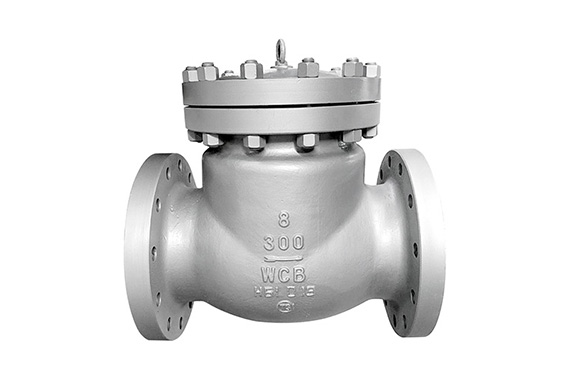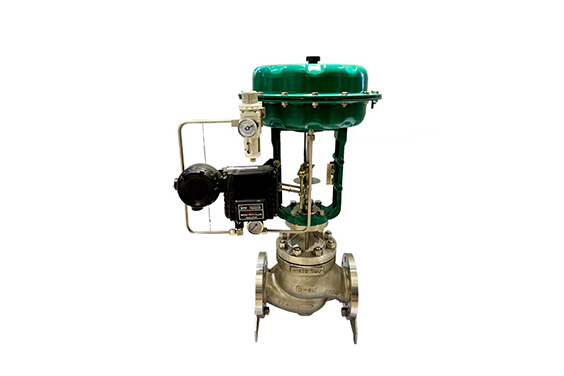
The slurry is a fluid containing a solid suspended in a liquid. It can be used in various applications, such as mining, wastewater treatment, and food processing. The slurry can also be corrosive, abrasive, and toxic, making it essential to choose the right type of valve for the job.
Many types of valves can be used for slurry applications, each with advantages and disadvantages. This blog post will explore some of the most popular types of valves used for slurry applications, as well as the consideration tips before buying valves.
What Are Slurry Valves?
Slurry valves are a type of valve designed for use with slurry, a mixture of solid particles and liquid. Slurry valves are used in various industries, including mining, oil and gas, and chemical processing. Slurry valves are different from other types of valves because they must be able to handle the abrasive and corrosive nature of slurry. Slurry valves are also designed to operate under high pressure and temperature conditions.
What Are The Different Valves For Slurry Service?
Slurry control valve are designed to handle abrasive, viscous, or otherwise difficult to control fluids. Various valve types can be used for slurry service, each with its advantages and disadvantages. The most common types of valves used for slurry service are:
Ball Valve
A ball valve is a valve with a spherical disc that controls the flow of liquids and gasses. The ball valve is one of the most widely used valves in the world due to its simple design and reliability. Industrial slurry ball valves are available in various materials, sizes, and pressure ratings to suit multiple applications.
Ball valves have many advantages over other types of valves. They are easy to operate, have a low risk of leakage, and are durable. Ball valves are also well-suited for slurry applications due to their ability to resist corrosion and wear. Consider a ball valve if you are looking for a reliable and versatile valve for your slurry project.
Slurry Butterfly Valves
Slurry butterfly valves are specially designed for use in slurry applications. In these applications, the valves are subject to extreme abrasion and corrosion. Butterfly valve for slurry application has a metal seat and body with a rubber or elastomer lining. This lining is designed to resist the abrasive action of the slurry. The metal seat and body also provide good resistance to corrosion.
The design of the slurry butterfly valve makes it well suited for use in slurry applications. The metal seat and body provide good resistance to abrasion and corrosion. The rubber or elastomer lining offers good resistance to the abrasive action of the slurry.
Slurry butterfly valves are designed to provide reliable isolation and control of slurry in various applications. They are manufactured with multiple materials, including stainless steel, Alloy 20, and Hastelloy C. The choice of material depends on the specific application and the type of slurry being used. The valve body and disc of a slurry butterfly valve are usually made from the same material, but the seat can be made from a different material.
Slurry butterfly valves offer many advantages over other types of valves, including:
- Reduced maintenance and operating costs
- Reduced wear and tear on equipment
- Increased process efficiency
- Greater flexibility in design and operation
- Increased safety in hazardous environments
Slurry flow Control Valve
Slurry flow Control Valve is ideal for use in slurry applications because of its ability to control the flow of slurry precisely. The valve is designed with a float that can regulate the slurry flowing through the valve and into the system. This is an essential feature because it can help to prevent clogging and damage to the system.
Another advantage of the Slurry Control Valve is its ability to handle high pressures. This is because the valve is made of durable materials that can withstand high pressures. This is important in slurry applications because the material being transported can be very dense and cause a lot of pressure to build up in the system.
Pinch Valves

Pinch valves are a type of valves for slurry service that uses a mechanism to pinch or close off a passageway. They are often used in applications where a wholly sealed-off or closed valve is required, such as slurry applications. Pinch valves have many advantages over other valves, such as handling higher pressures and being less likely to leak.
Pinch valves are often used in slurry applications because of their ability to provide a tight seal and their resistance to wear and tear. Pinch valves can also be used to control the flow of slurry, which is essential in applications where the slurry needs to be moved slowly or in a controlled manner. They can be more expensive than other types of valves and can be challenging to repair if they break. But overall, pinch valves are an excellent option for many applications, especially when a completely sealed valve is required.
Knife Gate Valves

The least used valve to control abrasive liquid is the knife gate valve. When the gate modulates, acute angles form between the valve body and the gate. These angles result in high fluid velocities, which increase the wear rate. Because they are more economical than other valves, slurry gate valve is often found in large diameter pipes.
Some advantages of slurry knife gate valves include their ability to provide a tight seal, their resistance to wear and tear, and their ability to handle high pressures. Additionally, knife gate valves are relatively easy to maintain and repair, making them a good choice for slurry applications.
Slurry Check Valve
Slurry check valves are designed for use in slurry applications where particulate matter is present in the flow stream. The valve helps to prevent backflow of the slurry, which can clog or damage process equipment. Slurry check valves are available in a variety of designs, depending on the specific application. Some of the more common designs include ball check valves, piston check valves, and diaphragm check valves. Slurry check valves are especially designed for use in slurry pipelines. They are able to withstand the harsh conditions that are present in slurry applications. Other applications including, dewatering and pipeline transportation.
What Are The Best Valves For Slurry Applications?

When handling slurry, it’s essential to have the correct type of valve for the job.
Three main types of valves are commonly used for slurry applications: knife, ball, and butterfly. Each type has its own set of advantages and disadvantages. For example, knife valves are well-suited for high-pressure applications but can be challenging to operate. On the other hand, ball valves are easy to work but can’t be used in applications with a high degree of precision.
So, what is the best type of valve for slurry applications? The answer depends on the specific application. Ball valves are generally the best choice if a high degree of precision is required. If ease of operation is a primary concern, then knife valves may be the better option.
Several different materials can be used for slurry valves. The most common options are cast iron, stainless steel, and bronze. Cast iron is very durable but can rust over time. Stainless steel is resistant to corrosion but can be more expensive than other options.
When choosing a slurry valve, it’s essential to consider the specific application and the type of material used. With this information in hand, it should be relatively easy to find a valve that meets the particular needs of your application.
Factors To Consider When Selecting Slurry Valves Types

When it comes to selecting the best valves for slurry applications, there are a few things you need to keep in mind.
- Type of slurry: First, you need to consider the kind of slurry you will use. There are two main types of slurry: abrasive and non-abrasive. The abrasive slurry contains solid particles that can wear down or damage valves, so you must choose a valve that can withstand this type of wear. Non-abrasive slurry, on the other hand, does not contain solid particles and is less likely to damage valves.
- Operating conditions: Second, you need to consider the operating conditions of the slurry. For example, you need to know the slurry’s maximum working pressure and temperature. This information will help you choose a valve that can withstand these conditions.
- Valve Compatibility: You need to consider the compatibility of the valve with the slurry. Some valves are not compatible with certain types of slurry, so choosing a valve compatible with the slurry you will be using is essential.
- Valve Size: Finally, you need to consider the size of the valve. The valve size should be appropriate for the application in which it will be used. If the valve is too small, it may not be able to handle the flow of the slurry. If the valve is too large, it may cause problems with backpressure or cavitation.
Contact Professional Slurry Valves Suppliers - SIO
If you are looking for high-quality slurry valves, you need to contact professional suppliers. SIO Valve is one of the leading China slurry valves suppliers, with a wide range of products to suit your needs. We have a team of experienced engineers who can help you select the correct valves for your application, and a quality guarantee backs our products. Contact us today to learn more about our products and services.
FAQs
- Why is the valve so important for slurry application?
The valve is one of the most critical components in a slurry system. It controls the slurry flow and ensures that it is adequately distributed throughout the system. Without a properly functioning valve, the slurry system will not be able to operate correctly.
Many types of valves can be used in a slurry system, but the ball valve is the most common type. Ball valves can provide a high level of control over slurry flow and are durable, making them ideal for use in this type of system.











